
FIT FREEDOM
Structure and Function of Sports Bras
Let’s talk about something many of us quietly obsess over – sports bras! These intimate essentials are indispensable in any lingerie collection, and comprehending the intricacies of sports bras is undoubtedly crucial for crafting products that genuinely meet your customers’ needs. In this blog post, we’ll dissect the structure and function of sports bras, and trust us; it’s more fascinating than you might think.
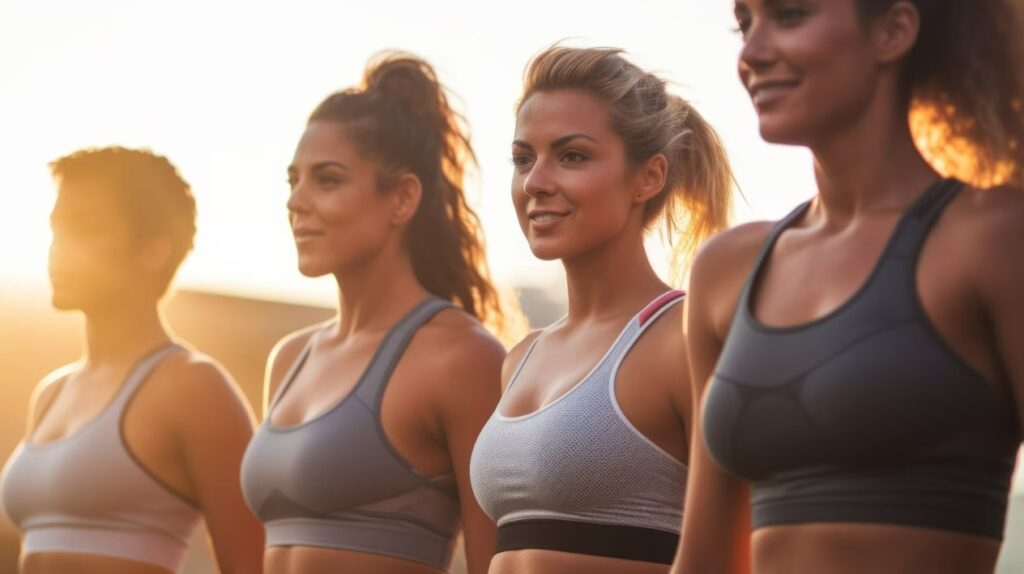
UNDERSTANDING THE BASICS
Sports bras primarily come in two types: compression and encapsulation. Compression bras flatten and compress breasts against the body to minimize movement, while encapsulation bras use individual cups to separate and support each breast. Each type presents its own set of features and considerations:
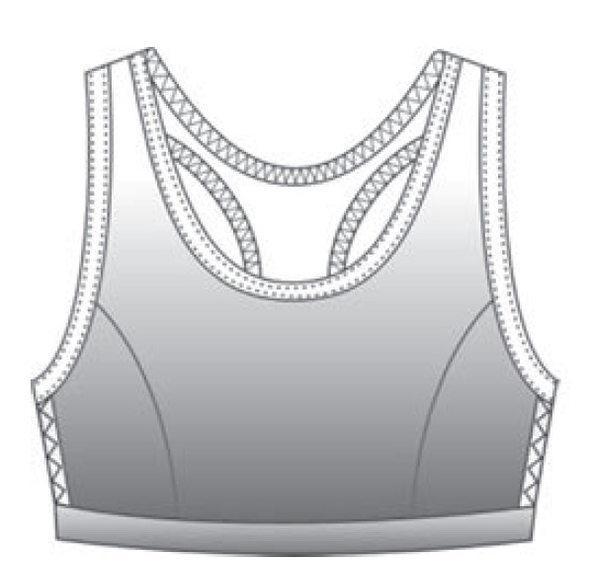
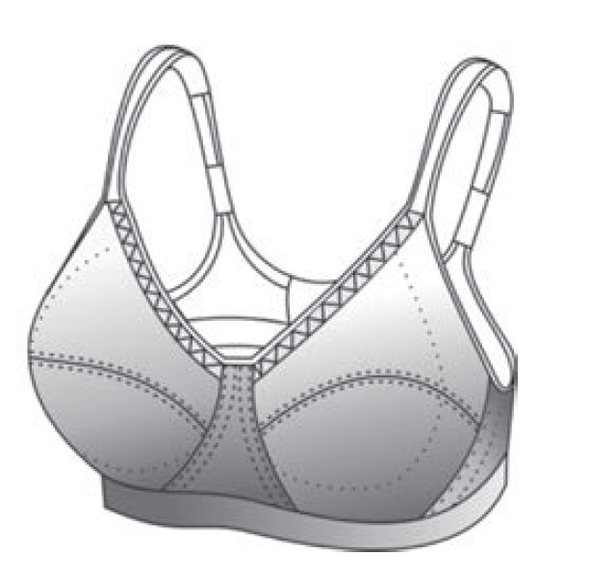
- Compression Bras: Compression bras with higher necklines and wider shoulder straps aim to restrict upward breast movement. However, it’s essential to note that the compression force may lead to discomfort and distortion of breast shape.
- Encapsulation Bras: On the other hand, encapsulation bras come with gores and two cups, causing less distortion to the breast shape. Although they might offer less control against upward movement, slings on the inner cup can help restrict side-to-side breast movement. Studies show that how well these bras work can depend on factors such as the material, neckline height, and shoulder strap design, making a detailed examination of bra features necessary.
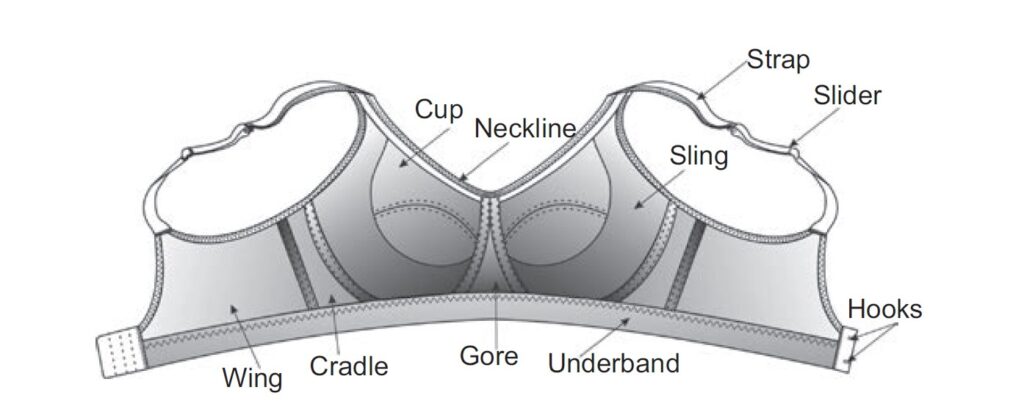
DIVING DEEPER: FIBER CONTENT AND FABRICS
Commercial sports bras commonly use elastane, polyamide, or polyester fibers due to their lightweight nature, strength, and resistance to abrasion. Knitted fabrics with spandex allow for large extensibility, and multi-way stretchability is preferred. Understanding the mechanical properties of fabrics, as well as the effects of structure, is essential for designing high-performance sports bras.

COMPONENTS OF SPORTS BRAS
Sports bras have different parts like cups, straps, gores, underbands, back wings, cradles, and fasteners. The way these parts, especially the bra cups, shoulder straps, and back styles, are designed is super important for how well the sports bra works.
- Bra Cups: With both compression and encapsulation sports bras featuring high necklines, cups can be seamless or cut-and-sewn in different styles. Molded cups offer a smooth appearance, while cut-and-sewn cups may provide better control of medial-lateral breast movement.

Seam, (c) Bias Seam & (d) Double Bias Seam
- Shoulder Straps and Back Designs: Wider shoulder straps are essential for distributing breast mass and reducing pressure on the shoulders. Sports bras often employ padded straps to dissipate energy during movement. Different back designs, such as crossover, racer back, vertical center, straight back, and U-back, serve varying functions in preventing straps from slipping and reducing vertical breast movement.

(d) Straight Back & (e) U-Back
FUNCTIONS OF SPORTS BRAS
These bras are sturdier than everyday bras, promoting unison movement of the breasts with the trunk during high-impact exercises. They aim to minimize damage to breast ligaments and reduce discomfort, thereby motivating individuals to stick to their fitness programs. It’s important to note that younger girls should avoid routine wear of sports bras to allow natural breast tissue growth.
CRITERIA FOR A WELL-DESIGNED EFFECTIVE SPORTS BRA
To evaluate a sports bra’s effectiveness, consider criteria like-
- Effective upward support
- Minimal breast movement in relation to the body
- Absorbent, non-allergenic, non-abrasive, and predominantly nonelastic materials
- Secure fasteners with ample coverage on both sides to prevent skin abrasion
- Wide, non-elastic straps designed to stay in place on the shoulders
- Prevents the bra from riding up over the breasts through a wide cradle or underwire
- Includes pockets inside the bra for optional padding if required
Studies, spanning ages 20 to 60 and cup sizes B to DD, indicate these bras outperform everyday bras, especially during running. Conflicting findings exist on encapsulation versus compression bras. The impact of nonlinear material properties on dynamic breast motion remains understudied, warranting further research due to the critical importance of proper breast support for women’s well-being.
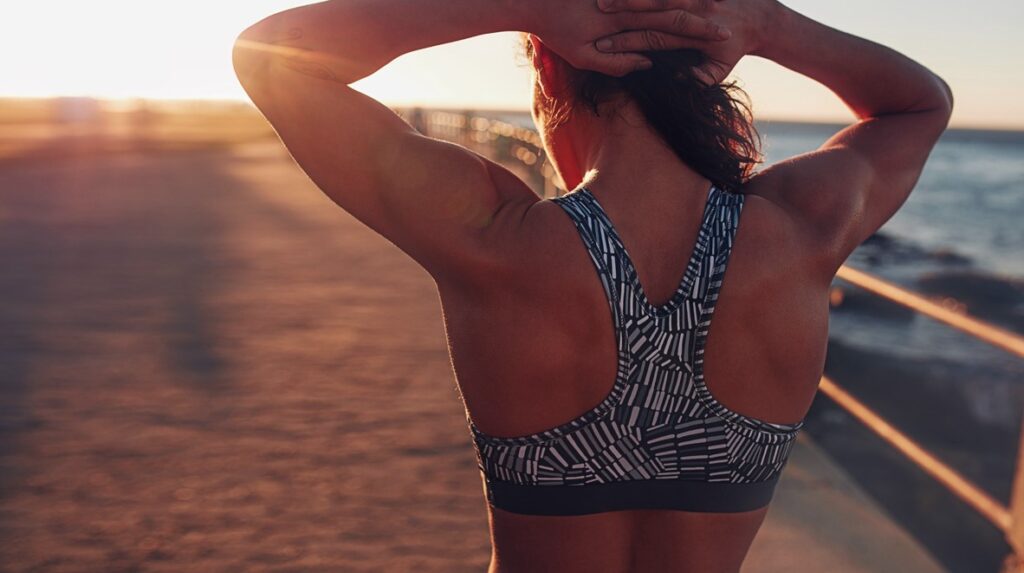
The world of sports bras seamlessly integrates design, functionality, and comfort. Whether you’re an established industry leader or an ambitious start-up aiming to bring forth inventive solutions, a thorough grasp of the structure and functionality of sports bras is undeniably important for crafting products that empower women in their dynamic lifestyles. Here’s to the spirit of innovation, comfort, and the boundless potential embodied by the ideal sports bra!
Interested to know more! Click here to read our blog post on ‘The Ultimate Guide to Choosing Fabrics for Sports Bras’.
